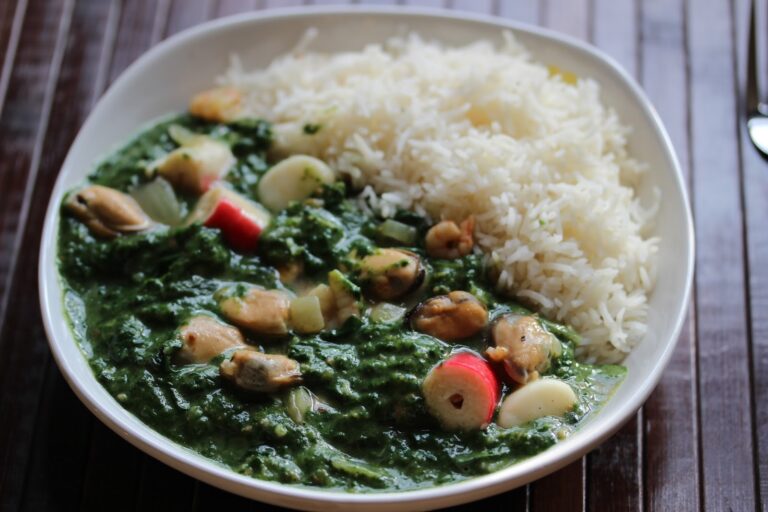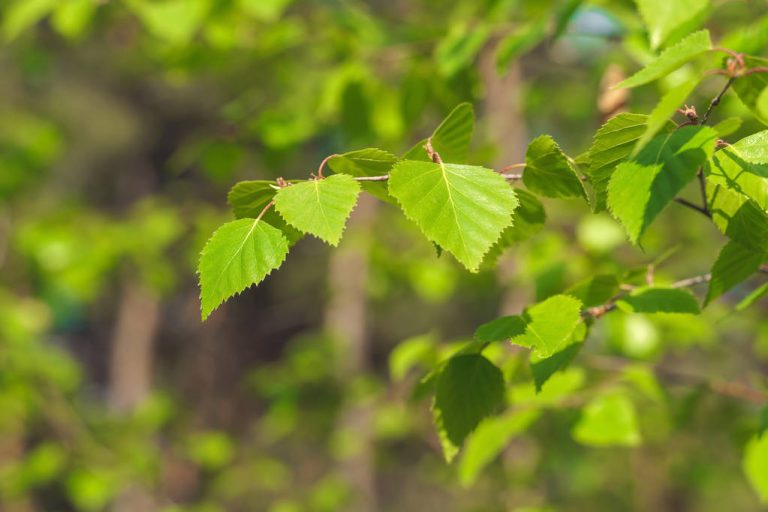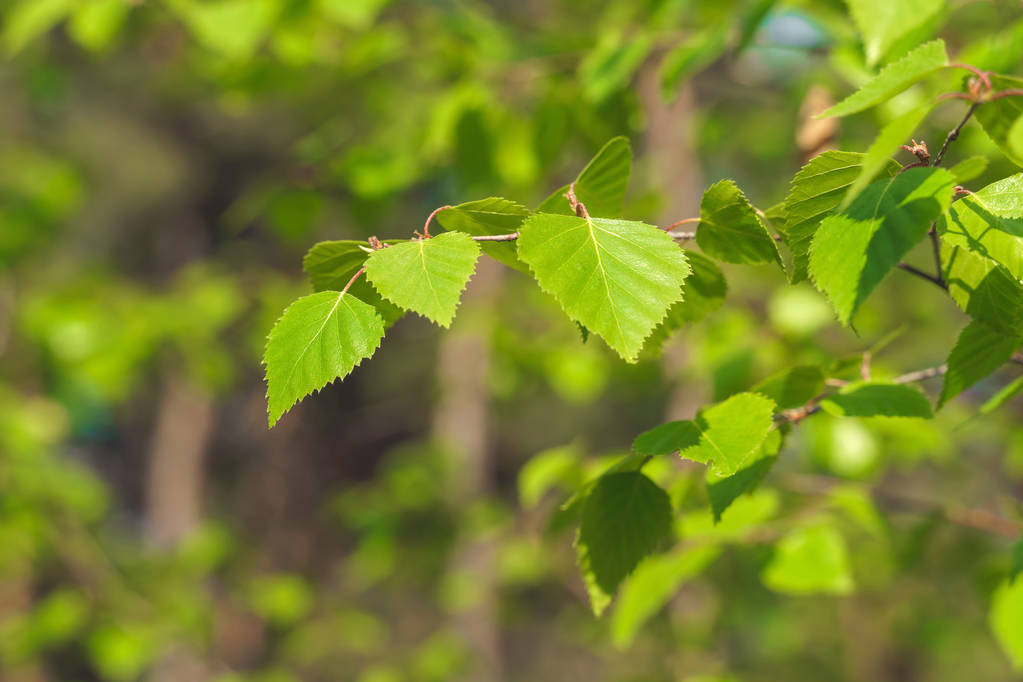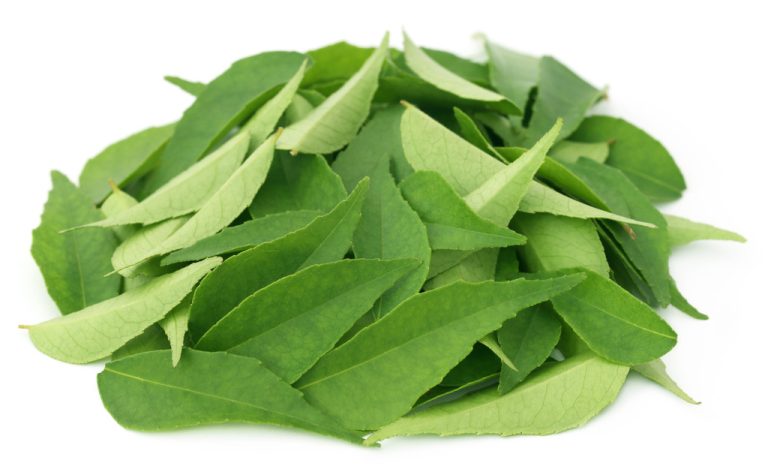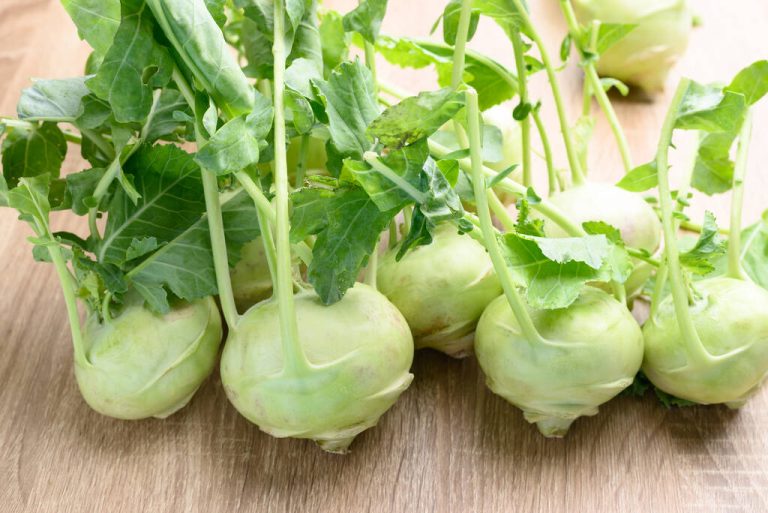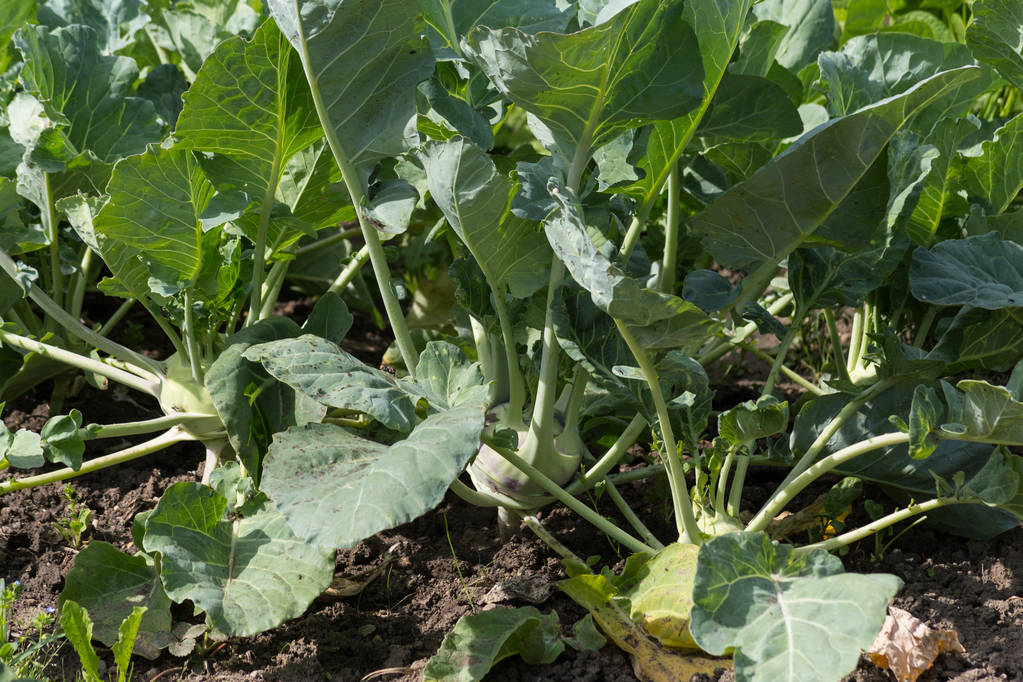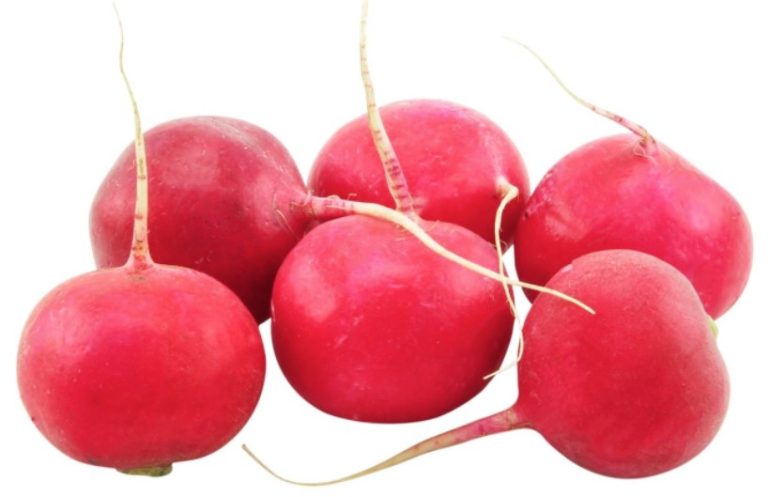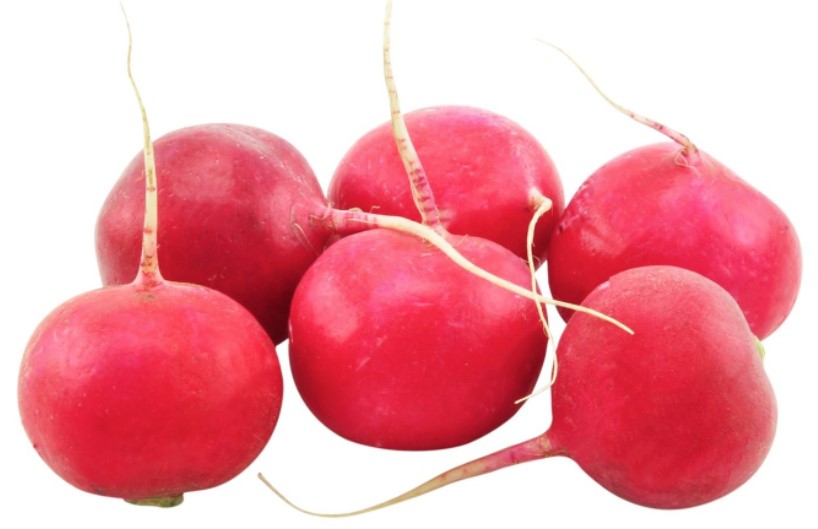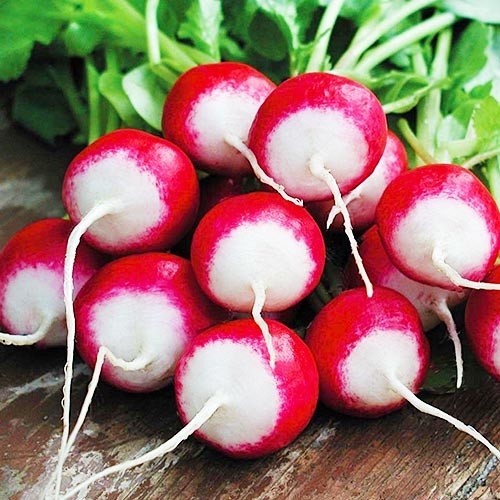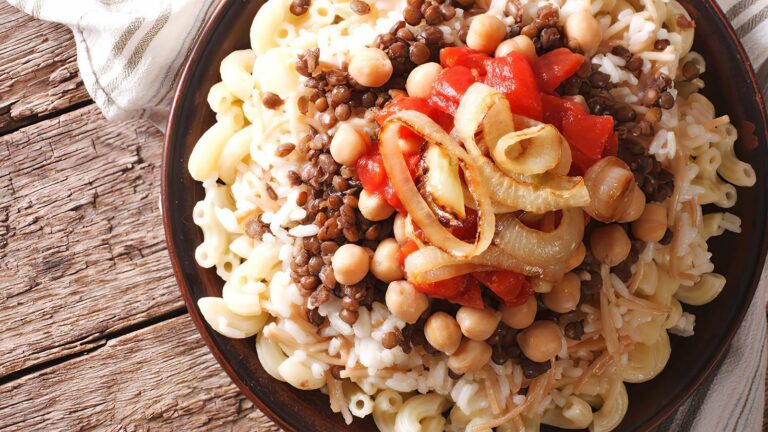Introduction to Matapa
Matapa is a traditional Mozambican dish made from stewed cassava leaves and ground peanuts. It is a popular dish across the country and is often served during celebratory events, such as weddings and religious ceremonies. Matapa is a flavorful and nutritious dish that is enjoyed by Mozambicans and visitors alike.
The dish is typically prepared with fresh cassava leaves, which are boiled and then blended with ground peanuts, garlic, onion, and coconut milk. The mixture is then simmered over low heat until it thickens and becomes a rich, creamy stew. Matapa is often served with rice or xima, a Mozambican staple made from maize flour.
Despite being a simple dish, Matapa is full of flavor and texture. The combination of the creamy stew and the nutty flavor of the ground peanuts creates a satisfying and comforting meal.
Preparation and Cooking of Matapa
To prepare Matapa, you will need fresh cassava leaves, ground peanuts, garlic, onion, and coconut milk. Begin by washing the cassava leaves and removing the stems. Then, boil the leaves in a large pot of water for about 20 minutes, until they are tender.
Next, drain the water and blend the cassava leaves with the ground peanuts, garlic, and onion. Add this mixture to a large pot and simmer over low heat, stirring occasionally. Add the coconut milk and continue to simmer until the stew has thickened and the flavors have melded together.
Matapa is a versatile dish and can be modified to suit different tastes. Some versions of the dish include shrimp or other seafood, while others use different types of nuts or spices. The key is to experiment and find a version that you enjoy.
Nutritional Benefits of Matapa
Matapa is a nutritious dish that is full of vitamins and minerals. Cassava leaves are a good source of vitamins A and C, as well as calcium, iron, and protein. Peanuts are a great source of healthy fats, protein, and fiber, and can help to lower cholesterol levels.
Coconut milk is also a good source of healthy fats, and can help to improve heart health. The combination of these ingredients makes Matapa a healthy and satisfying meal that is perfect for any occasion.

